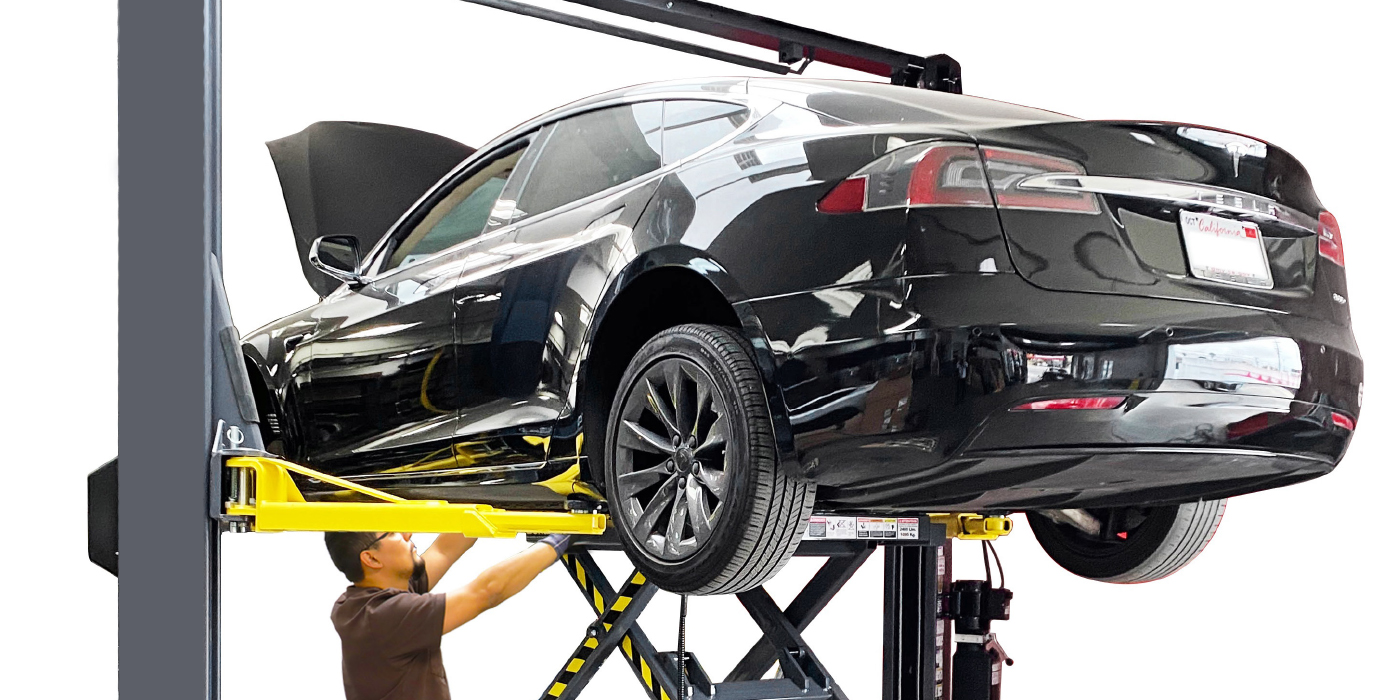Whether you find joy in do-it-yourself projects within your personal garage or operate within a commercial workshop, automotive lifts are indispensable equipment. Given the diverse array of car lifts available, making informed choices is imperative. Artisans meticulously design each lift style for specific vehicle types or tasks, and overlooking this consideration can expose you and the vehicle to potential harm.
Invest time familiarising yourself with the available options before selecting the most suitable car lift for your requirements. This ensures that the chosen hoist aligns perfectly with the demands of the task at hand. As you evaluate the trusted car lift manufacturers and models available, consider the following factors to select the best car lift.
Determine Your Purpose
Make a detailed strategy of your intended use before buying a car lift. Consider this:
- Will you perform routine maintenance under the car, such as oil changes? An elevator with a high maximum lifting height is necessary to provide ample space.
- Does the entire underbelly need access, or mostly just the front or back? This establishes the preference for an asymmetric or symmetric lift.
- Do you plan to access many vehicles or store one? The lift capacity should meet your needs
Once you are confident about your intended use, you can choose the exact type and capacity rating you require.
Consider Your Garage Dimensions
Does the lift have enough room in your garage to fit and work properly? Make careful to take precise measurements of your garage’s length, width, and height. Check those dimensions against the features of any lift you are thinking about purchasing.
For the raised arms of most car lifts to extend correctly, the breadth must be 80 inches or greater. Raising vehicles to heights where people can walk or roll under them requires depth and overhead clearance. The most common reason purchasers choose the incorrect lift is that they neglected to factor in space constraints.
Select Lift Type and Features
There are advantages and disadvantages to the most popular types of residential lifts.
- Two-post lifts – Offer unobstructed access by lifting the vehicle from only two corners. But stabilization may be a concern if weight isn’t balanced.
- Four-post lifts – Very stable, but posts can impede access. Also, usually assemble closer to the floor, so no pit is needed.
- Scissor lifts – No posts in the way and excellent access underneath. But weight capacity is lower than two- or four-post styles.
The lift’s construction (steel or aluminium), the choice between hydraulic and electromechanical lifting, the locking positions—manual or automatic—and any sophisticated safety features are other factors to consider. Nice extras include wheel vises to hold wheels in place securely and jacking beams to make elevating a single corner easier.
Compare Brands and Prices
The good news is that many manufacturers provide reasonably priced, high-quality residential car lifts. A good garage lift can be purchased for $2,000 or less, while commercial-grade lifts cost more than $10,000. Prioritize brands that fit your demands, then weigh the costs of each alternative.
Selecting the ideal car lift is an investment in your garage’s use and security. In addition to guaranteeing the calibre of your equipment, working with reputable manufacturers like Best Buy Auto Equipment gives you access to a multitude of options.Take the leap and explore the world of car lifts at Best Buy Auto Equipment. Your garage deserves the best.
